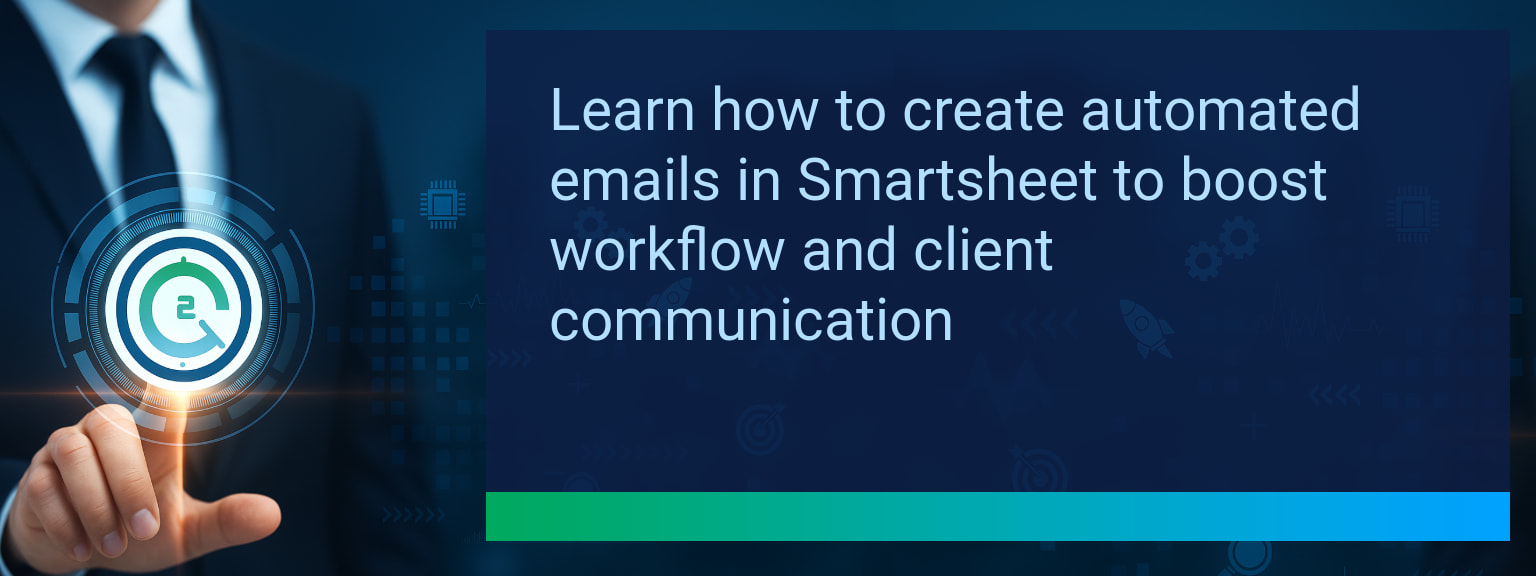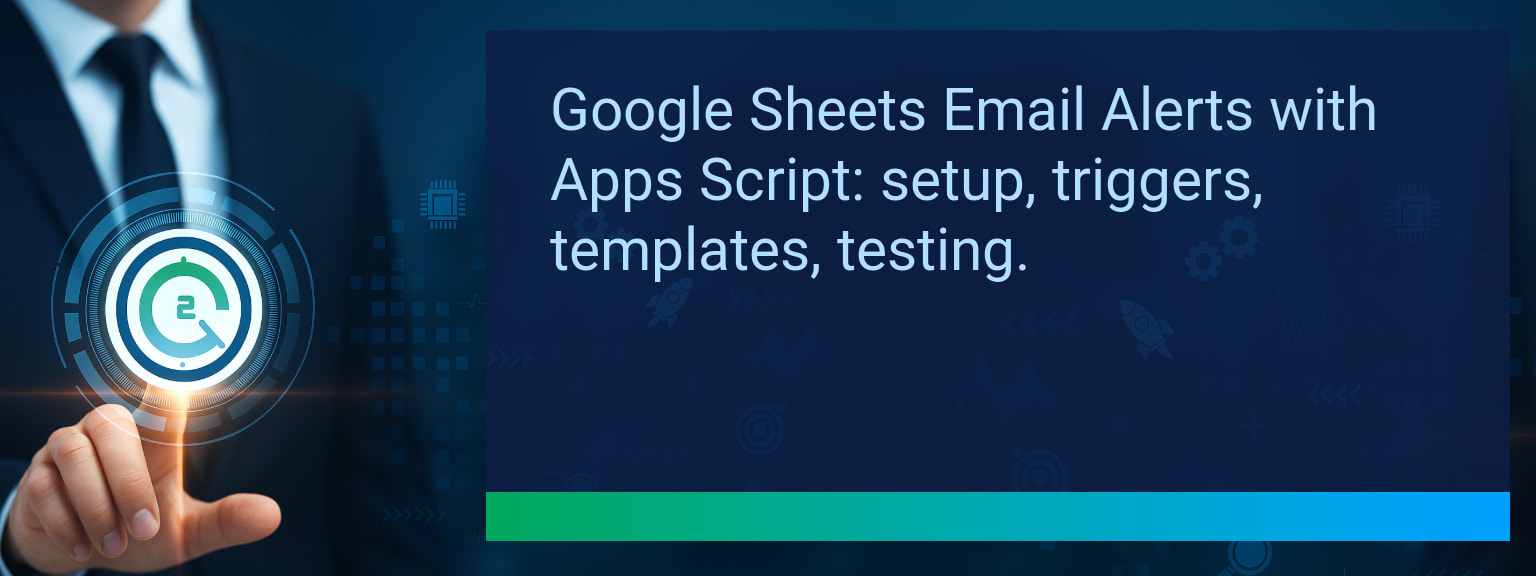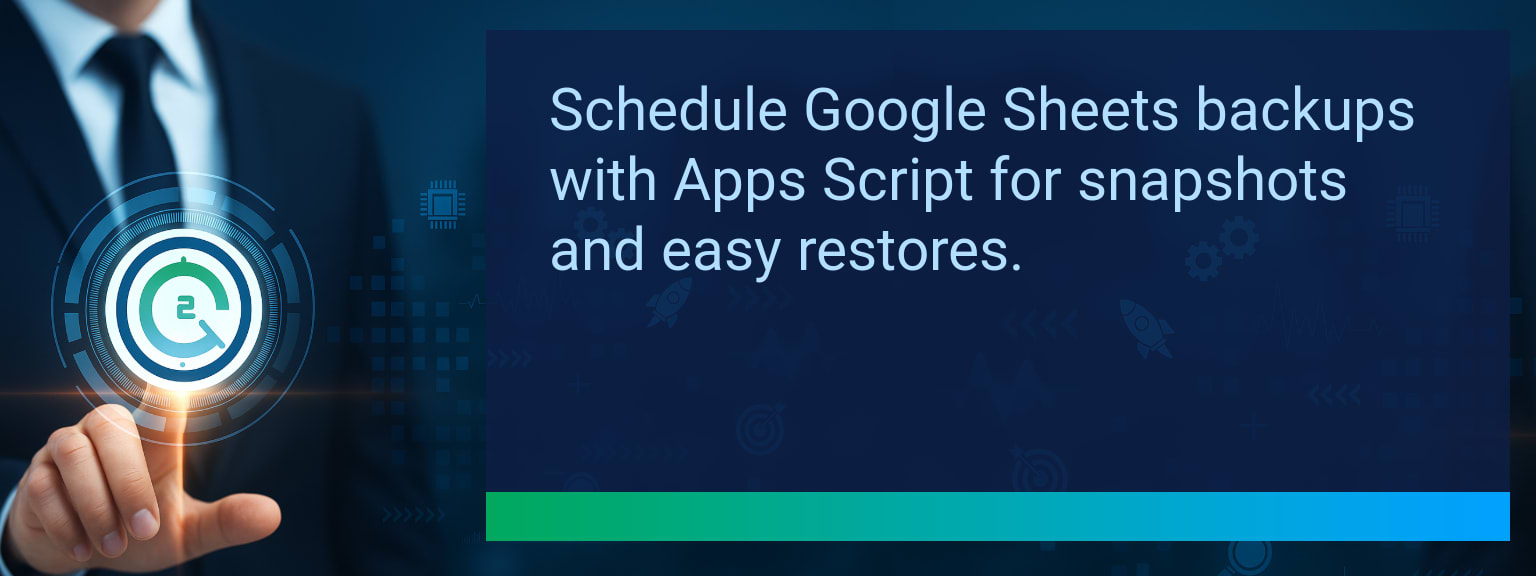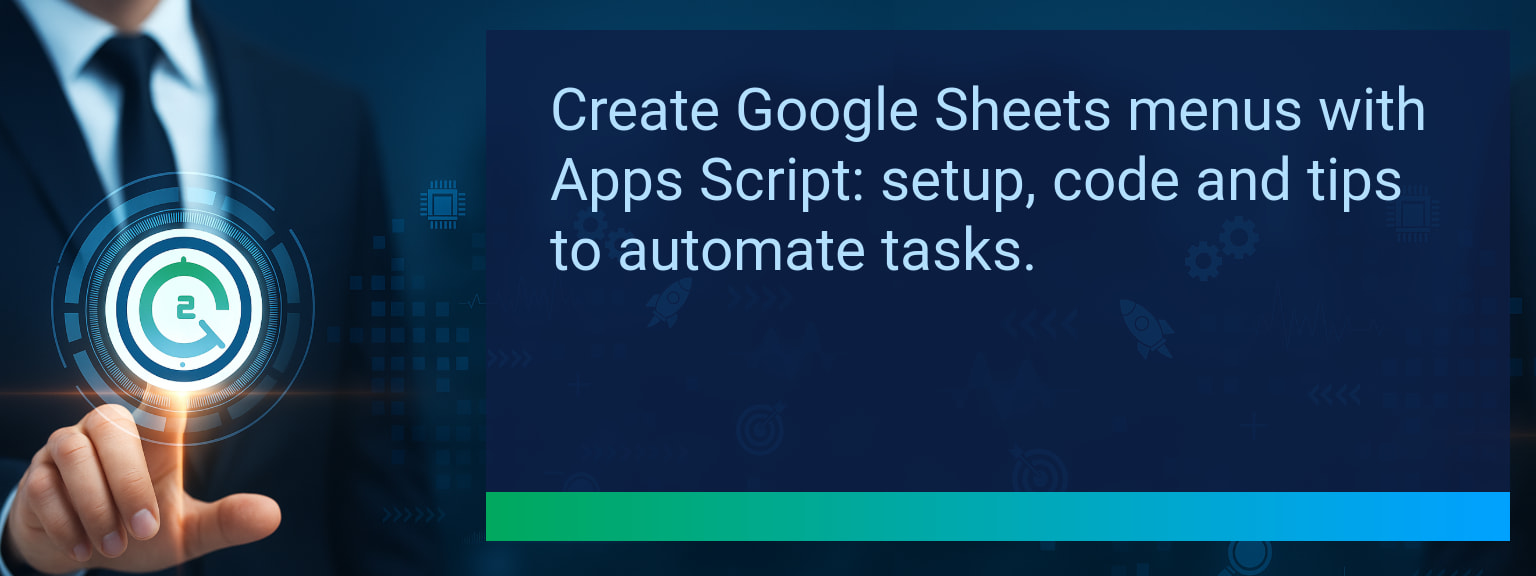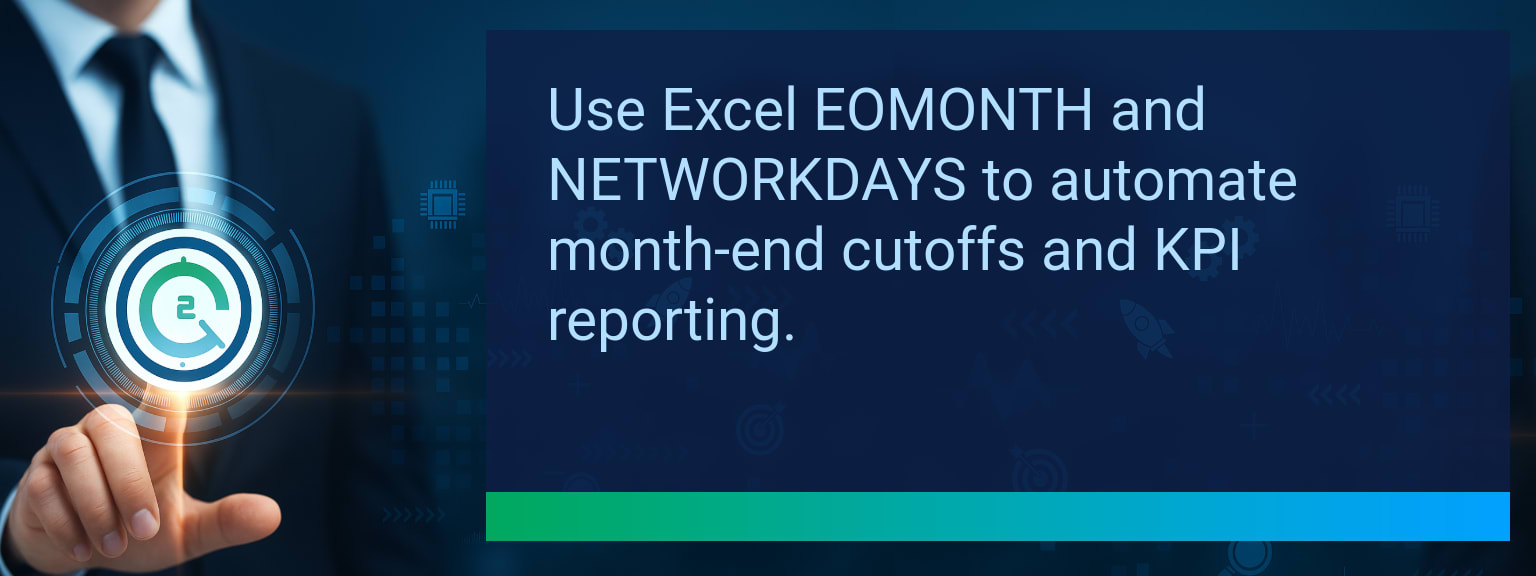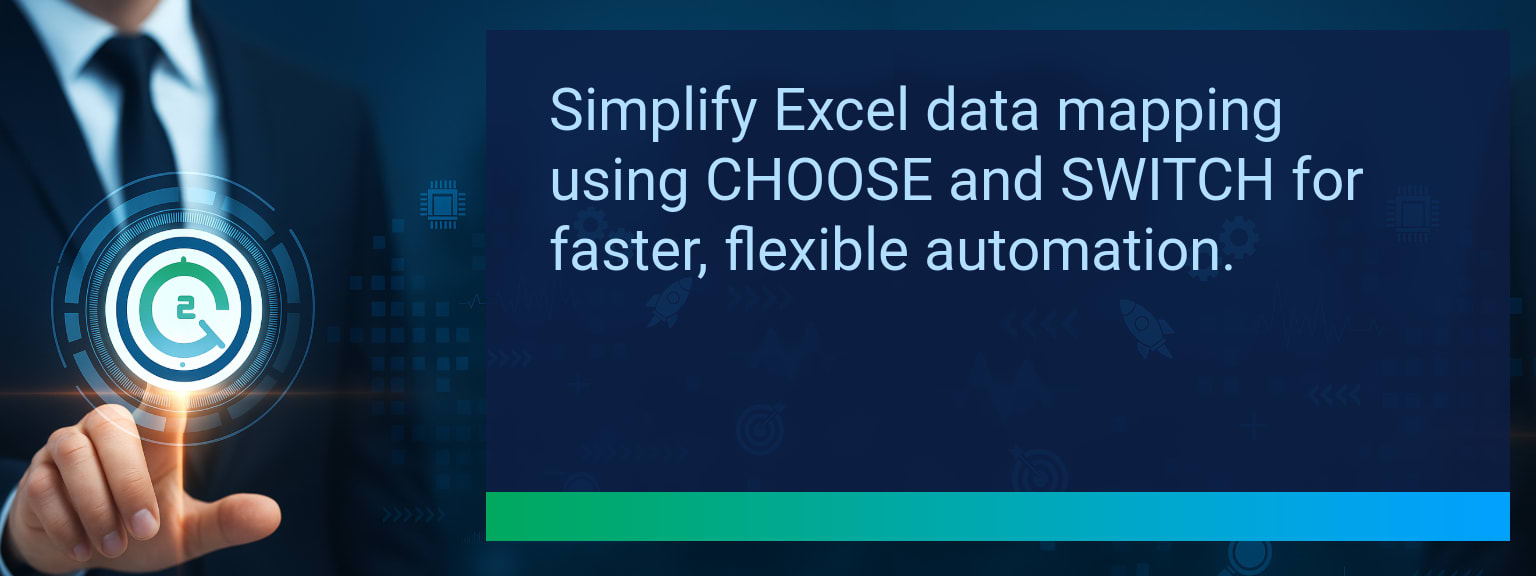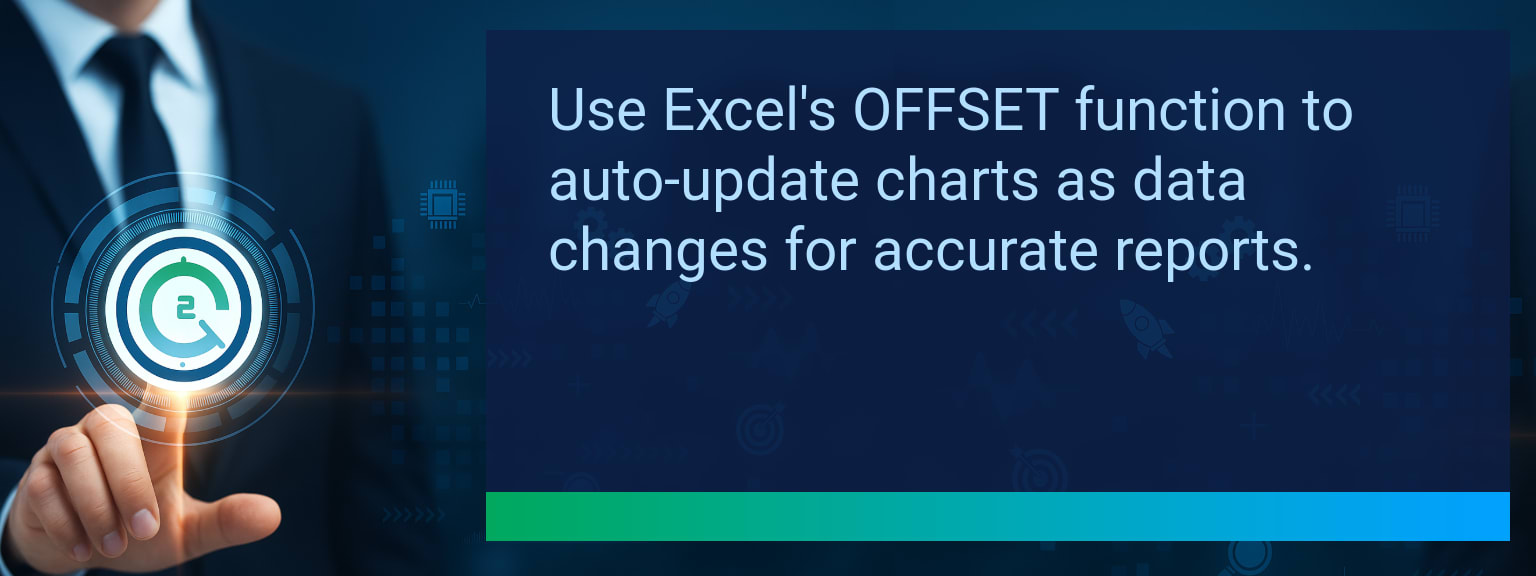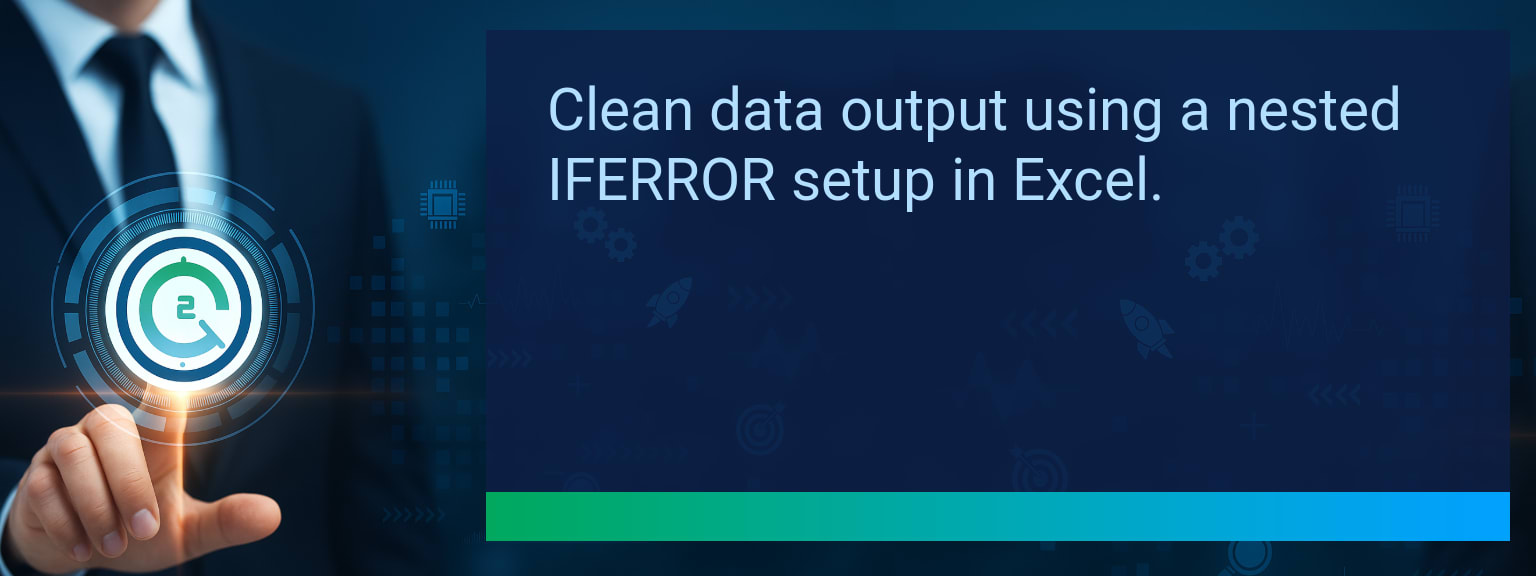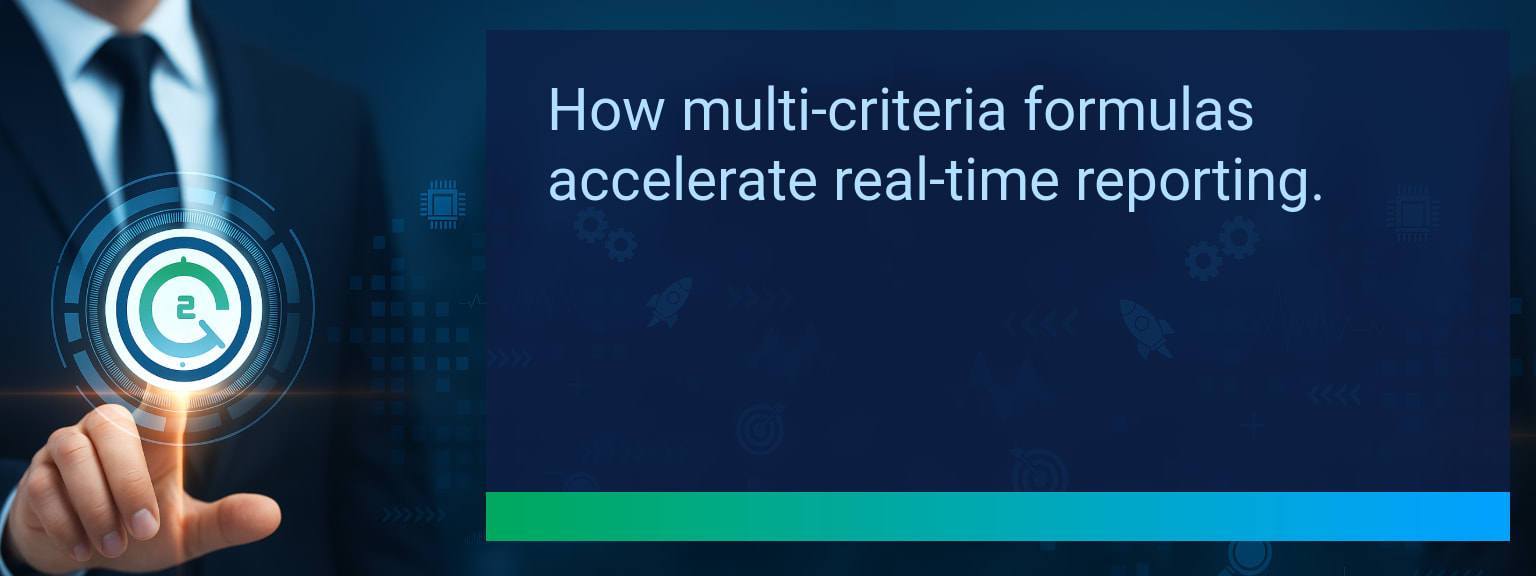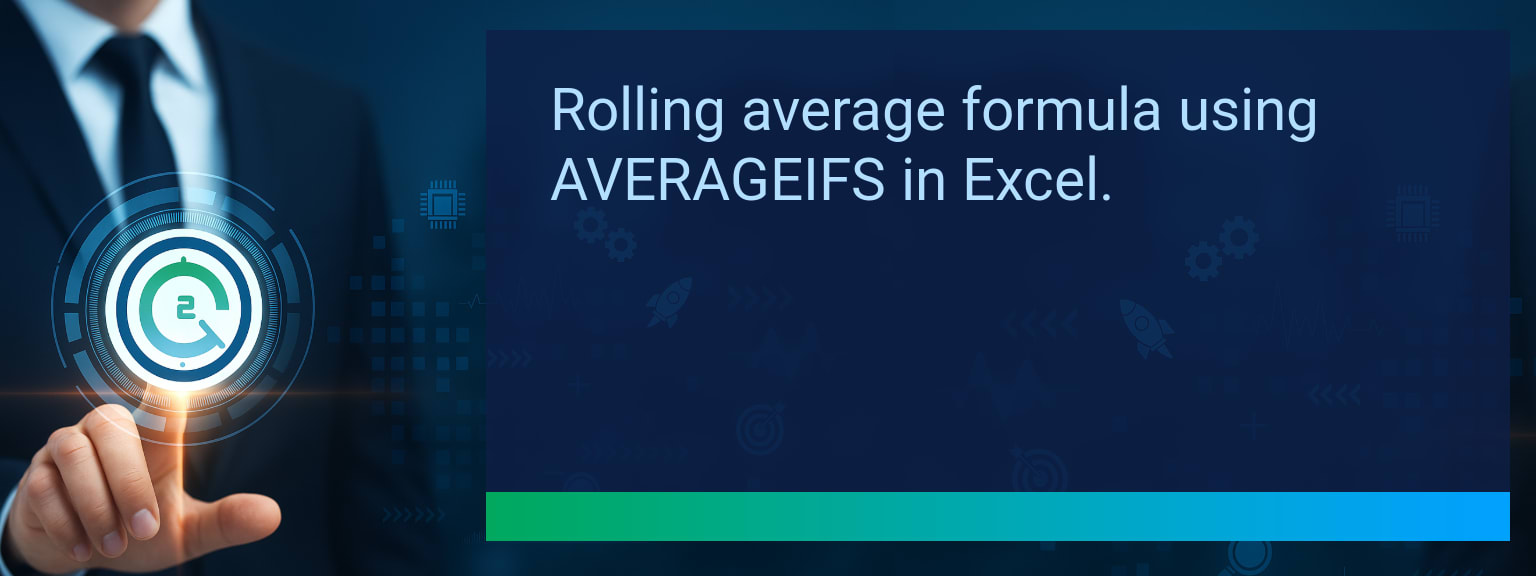How to Create Automated Follow-Up Emails in Smartsheet for Smarter Workflows
Automated communication can be the difference between sealing a deal and losing momentum. Manual follow-up processes often create delays and introduce human error, which results in missed opportunities and frustrated stakeholders. With Two Minute Tech Tips, you can master quick wins like building Automated Follow-Up Emails in Smartsheet to keep projects moving seamlessly. This strategy ensures that status changes inside your sheets trigger timely, personalized communication—without extra admin work. In this post, we’ll explore how to design these automations, integrate them with tools like Zapier and Make, and apply them in sales, client services, and operations. By the end, you’ll know how to implement Smartsheet automation to streamline workflows and support your digital transformation journey.
- Use Smartsheet automation rules to trigger emails when statuses change.
- Choose between native Smartsheet automation or third-party integrations like Zapier.
- Personalize messages with dynamic fields such as client name, project title, and due dates.
- Apply conditional logic to avoid email overload and keep relevance high.
- Leverage AI tools to craft polished messages aligned with your brand tone.
What Changed and Why Automated Follow-Up Emails Matter Now
Traditional follow-ups often rely on manual reminders, spreadsheets, and time-consuming copy-pasted updates. Teams lose momentum when updates lag, affecting project workflow accuracy and sales automation efforts. Automated Follow-Up Emails in Smartsheet solve this by sending real-time updates each time a status changes.
This shift matters because stakeholders expect transparency and timely communication. Smartsheet automation ensures consistency, reduces the risk of missed updates, and builds trust with clients. For example, when a project hits “Pending Approval,” the right people are instantly notified, keeping the workflow integrated and the process efficient.
Redesigning Operations with Automated Follow-Up Emails
Smartsheet automation adds structure and clarity to sales pipelines, client engagement, and revenue operations. Here are four key areas where automated workflows drive measurable results:
ICP, Segmentation, and Targeting
When follow-ups are automated, messages can be tailored by client type or industry. This ensures high-value accounts receive updates aligned to their segment without adding manual CRM optimization tasks. For example, client-facing updates can differ from internal team progress alerts.
Pipeline Architecture
Each stage in a revenue pipeline benefits from linked communication rules. Automated Follow-Up Emails triggered by “Contract Sent” or “Closed-Won” status changes create a seamless pipeline architecture. This prevents bottlenecks and maintains a unified view of the funnel.
Plays and Messaging
Dynamic fields like [Client Name] and [Due Date] allow automated updates to feel personalized instead of generic. Sales automation processes that add tailored messaging increase engagement and client responsiveness. For example, “Your request has advanced to [Status]” keeps clients in the loop without manual intervention.
Operating Cadence
Consistency is key to performance analytics. Automated schedules—like a weekly digest email for “Open Approvals”—ensure teams maintain predictable rhythms. This workflow integration reduces confusion while keeping communication on brand.
The Pitfalls of Manual Follow-Ups
Manual tracking is error-prone and often leads to delayed updates. Teams spend hours every week chasing reminders and manually updating stakeholders. Without automation, follow-up fatigue erodes confidence in process reliability.
By eliminating these repetitive tasks, organizations free bandwidth for more strategic revenue operations and customer engagement work.
How Automation Streamlines Email Workflows
Smartsheet’s native automation rules allow quick wins like “Send alert when status changes.” For scalability, external platforms like Zapier and Make provide conditional workflows across multiple apps.
Automation ensures no missed updates, maintains compliance with operating cadences, and optimizes CRM workflows. The outcome is stronger collaboration and faster cycle times.
The Business Impact of Smartsheet Triggers
Automated triggers translate directly into revenue gains and efficiency. Teams cut down hours of admin work each week, client visibility improves, and decisions accelerate.
For HR, this might mean quicker recruitment feedback; in sales, it results in faster deal cycles. These practical workflows contribute to measurable productivity gains across industries.
The Future of Intelligent Workflow Integration
AI-driven email personalization will expand the impact of automation. Instead of flat notifications, AI can craft context-rich updates aligned with brand voice.
Combining Smartsheet automation with AI writing tools and CRM optimization will become a standard part of digital transformation strategies. Early adopters will benefit from compounding efficiency as workflows evolve.
Metrics That Matter
| Category | Metric | Definition | Target |
|---|---|---|---|
| Leading | Automation Launch Rate | % of triggered automations functioning without error in week one | 90%+ |
| Leading | Time to First Trigger | Average time until the first automated email executes properly | ≤ 15 minutes |
| Lagging | Weekly Admin Hours Saved | Total staff hours reduced per week by automation | 4+ hours |
| Lagging | Response Cycle Speed | Average time reduction from status update to stakeholder notification | 30% faster |
| Quality | Communication Clarity Score | Stakeholder rating of clarity and usefulness of automated updates (1–10) | 8+ |
| Quality | Workflow Retention Rate | % of teams using automated workflows for more than 90 days | 85%+ |
Explore more quick, actionable tips on AI, automation, Excel, Smartsheet, and workflow tools to work smarter every day.
Smarter Communication Through Smartsheet Automation
Automated Follow-Up Emails triggered by Smartsheet status changes help organizations save time, improve accuracy, and strengthen stakeholder communication. This guide showed how automation supports CRM optimization, workflow integration, and performance analytics. The next best step is to start small—build one automation this week, and measure the time saved. For deeper leadership insights, explore our curated advice in expert insights from Two Minute Tech Tips.

